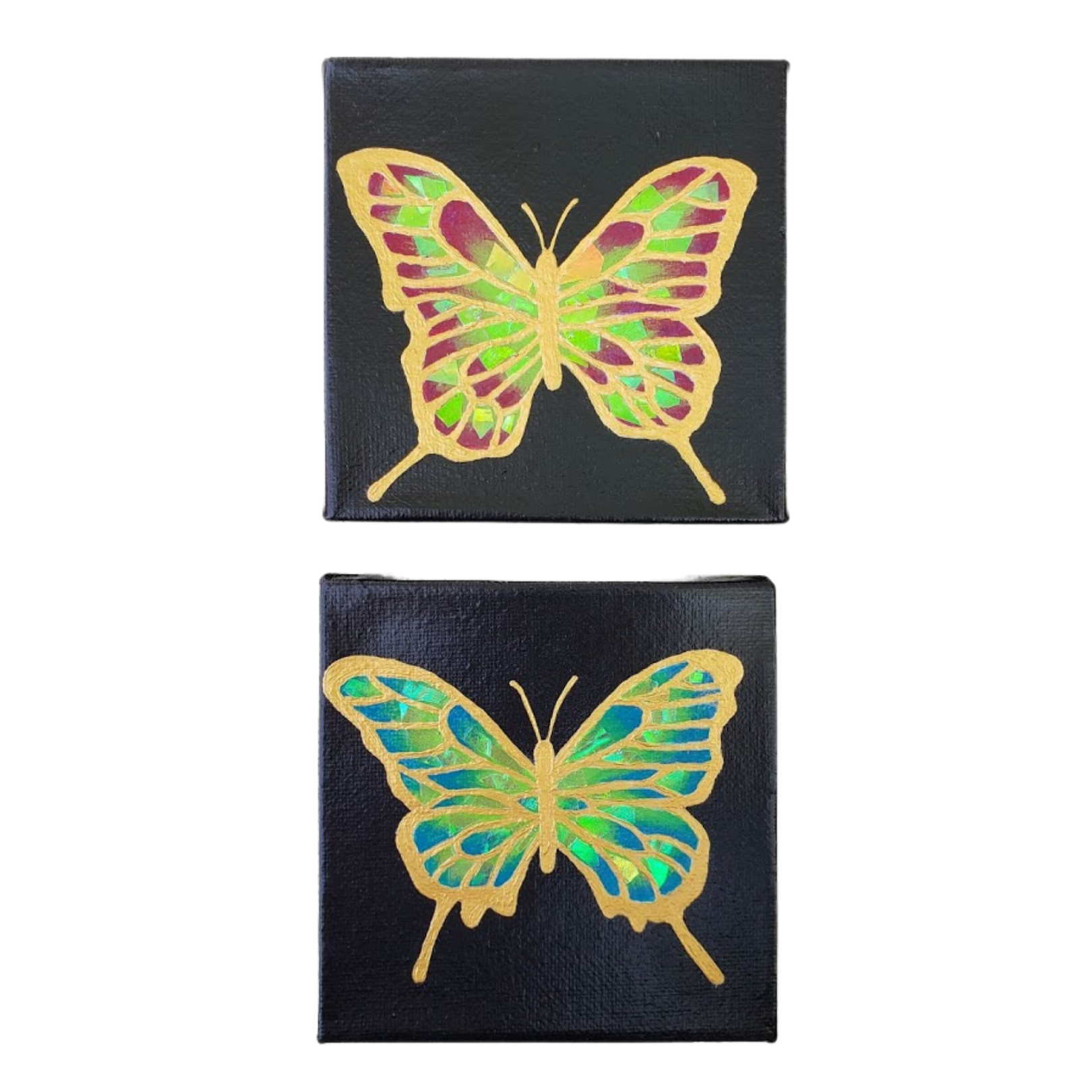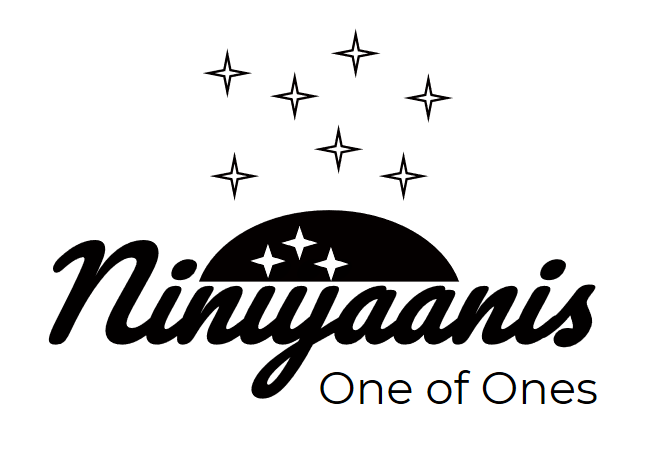The Powwow Trail
Photo by Frank White Bull. United Tribes Technical College International Powwow, Bismark, North Dakota.
I dance to … Honor those who have gone on before us
I dance to … Celebrate my Culture and the future of our children
I dance to …. Replenish my spirit
-Janice LaFloe
When asked what motivates you to dance, every dancer has a story. Whether one comes from a family of champion dancers or is the first in their family to dance, the Powwow is an evolution of intertribal culture. The Powwow Trail brings many tribal nations together as one, which is why you can find a Powwow year-round across the United States. You can distinguish certain attributes of each dancer based on their style of dance and regalia designs. It is through singing, dancing, gathering, and socializing that we come together for a cultural celebration. Our existence is our resistance to the American genocide and assimilation policies that were enacted to “kill the Indian, save the man”. We deserve to celebrate now more than ever because we are resilient and we are still here.
One of Ones artist Hannah Smith has been dancing her whole life. Traveling from Powwow to Powwow is what we call the Powwow Trail. When asked what her favorite part is of a Powwow, Hannah responded with “some Powwows have better Powwow grounds, some have better amenities. Some Powwows have nothing and everything at the same time. One thing that is unique to Powwow-spaces is the connection, a time to visit without other distractions. I can tell you which Powwow I will see my favorite uncle, which one I will see that one person that teaches people Ojibwemowin, which ones my entire family will be at. My favorite thing about Powwows is visiting, the summer Powwow trail has so much love.”
Indeed, the summer Powwow Trail is the traditional high season for Minnesota, while winter is typically known for Round dances and storytelling (Old Ways Indigenous education). Powwows may include some traditional aspects as well as some specialties including contests. Contest Powwows tend to draw out the best dancers with more contemporary flashy regalia, who often travel the Powwow trail regularly to compete. Traditional Powwows tend to bring out more traditional dancers and regalia, who do not compete but rather dance for the people. Both Powwows are important, contest and traditions are valuable for tribes to honor.
Each dance style is accompanied with its own story of existence or creation, and you see most styles at both contest and traditional Powwows. Hannah explains her relationship with her own dance style; “I started and still jingle dress dance, fluctuating from contemporary to old style.” It’s common for dancers to do both, sometimes even to dance more than one style. Also common is the dancer’s recognition of their dance style’s purpose, often taught in the creation story of that dance style. As a jingle dress dancer Hannah explains “I understand I have a responsibility that comes with my gifted dress. Jingle dress is for the community, it's for healing, and caring for one another.”
Not only do we celebrate each other and our culture at Powwows but we come for community, to care for one another, to share stories and laughter. We come to share good medicine, in our place of love, the Powwow.
The Indigenous Montessori Powwow Dancers Mobile
The Niniijaanis collective began piloting Indigenous Montessori
materials in 2019 with a Tiwahe Foundation Oyate network grant. Janice LaFloe dedicated her late career to Indigenizing the Montessori Method when she founded the Montessori American Indian Childcare Center. While Janice continued this work at the primary level (ages 3-6), Brook began to fill the gap for culturally relevant Montessori for assistance to infancy (ages 0-3).
The first sequential learning materials in the Montessori method is a series of mobiles that meet some of the very first developmental needs of an infant, their vision. The Indigenous Montessori Powwow Dancers Mobile is a culturally relevant version of the Montessori Stylized Dancer Mobile. This mobile is introduced at approximately 2-4 months when the synapses in the brain are particularly strengthening the visual sense (among the other senses). The purpose of the mobile is to introduce irregular shapes and stimulate perception of movement and visual tracking. What makes the Powwow Dancers Mobile unique and culturally relevant is its additional purpose to introduce the shapes of Powwow dancers and stimulate a cultural identity. This is the very first introduction to what we call the circle. Powwow grounds are circular thus the dancers placed as such on the wooden hoop to resemble the sacred circle where we join one another in song and dance. This is our pride and place, where no one and nothing ever stands alone. It is a gift to introduce to our children, this is how we honor them until the time comes when they honor us and join us in the circle.
Age appropriate suggested literature by Minnesota Anishinaabeg: Bow Wow Pow Wow (Author Brenda J. Child, Illustrations by Jonathan Thunder, Translation by Gordon Jourdain)


















